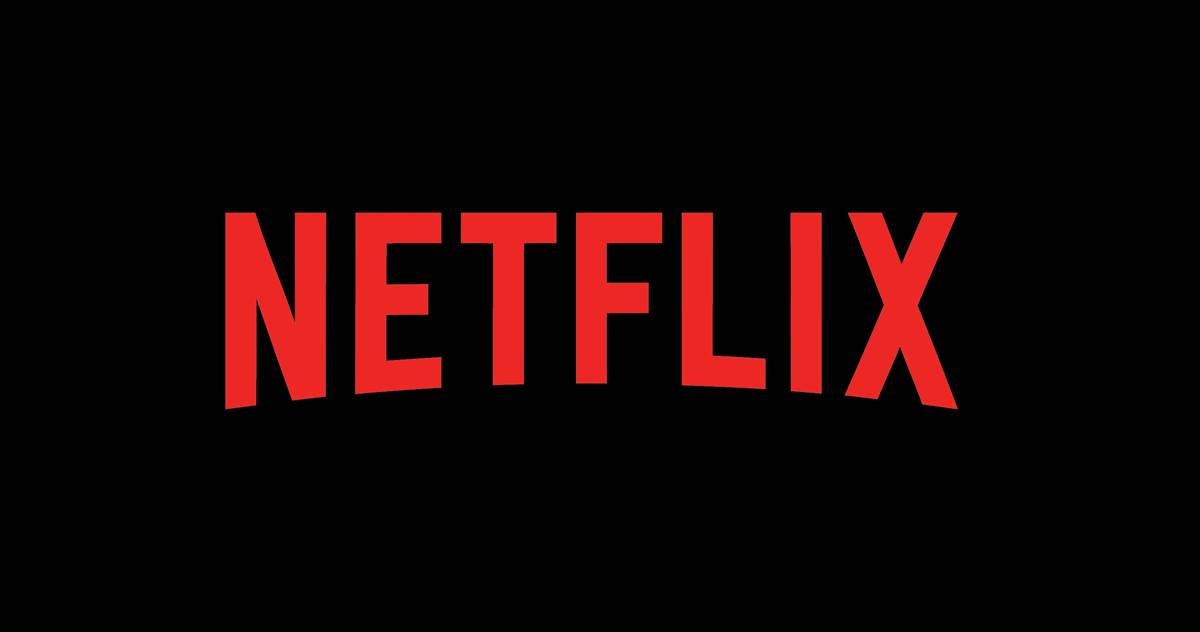
Netflix is rolling out a major overhaul of its television interface starting this Wednesday, marking one of the company's most significant user experience updates in recent years. The revamped homepage is designed to be "simpler, easier, and more intuitive," according to Netflix, and reflects the streaming giant's growing emphasis on interactive content, live events, and gaming.
This new interface isn't just about aesthetics - it represents a strategic shift in how Netflix aims to keep its massive subscriber base engaged in an increasingly crowded streaming market. The design update is focused on streamlining content discovery and placing greater emphasis on timely, engaging formats such as live sports broadcasts and interactive gaming experiences, both of which are becoming more central to Netflix's evolving content strategy.
According to Eunice Kim, Netflix's Chief Product Officer, the redesign has been built with future flexibility in mind. During a media briefing on Tuesday, Kim explained that the original interface was primarily designed for browsing on-demand TV shows and movies. However, as the platform expands its content types - from real-time NFL games to continuously evolving video games - the company needed a user experience that could adapt in real time.
"Our current TV experience was built for streaming shows and movies," Kim said. "This one is designed to give us a more flexible canvas now and in the future. Take live and games, for example. With on-demand, you can watch at your convenience. But with a live event like the NFL on Christmas Day, you want to catch the action the moment it happens."
Kim emphasized the importance of not just notifying users about new content, but actually pulling them into the experience at the right moment, whether it's to catch a kickoff or dive into a newly released game level. "We are always adding new characters and challenges to our games, so we need better ways to feature these updates on the homepage," she said.
Among the key updates to the TV homepage are:
* More Prominent Content Info: Netflix will now surface relevant information about each title more clearly, such as "#1 in TV Shows Today" or "Emmy Award Winner." The goal is to help users make quicker, more informed decisions about what to watch.
* Easier Navigation: Previously buried on the left-hand side, shortcuts to features like Search and My List are being moved to the top of the screen, making them much more visible and accessible.
* Smarter Recommendations: The new system promises to adapt more responsively to user moods and preferences in real time, using contextual signals to deliver more relevant suggestions.
* Modernized Visual Design: The interface has been given a facelift with cleaner lines, bolder visuals, and a layout that reflects what Netflix calls a "more elevated experience."
Along with the TV redesign, Netflix is also introducing new experimental features on its mobile app. Among the most anticipated additions is a new search assistant powered by OpenAI technology. This AI chatbot - currently in limited beta testing - allows users to search for content using natural, conversational language.
Instead of scrolling endlessly or trying to remember a specific title, subscribers can now ask questions like, "What's something fun and light to watch after work?" or "Find me a horror movie that's not too scary but has some comedy too." According to Elizabeth Stone, Netflix's Chief Technology Officer, these types of nuanced queries are no problem for the new system.
"We're also exploring ways to bring generative AI, which, unlike traditional AI, can create text, image, and video, to our members' discovery experience," Stone said. "Starting with search, we want users to find exactly what they're looking for, even when they're not sure how to describe it."
Additionally, Netflix is testing a TikTok-style vertical video feed within its mobile app that will allow users to browse through quick video snippets of shows and films. If something catches their attention, they can instantly jump to the full title and continue watching in the standard horizontal format. This is aimed at speeding up discovery and helping users sample more content more quickly.
In a blog post released Wednesday, the company stated that these changes will begin rolling out in the coming weeks and months globally.
